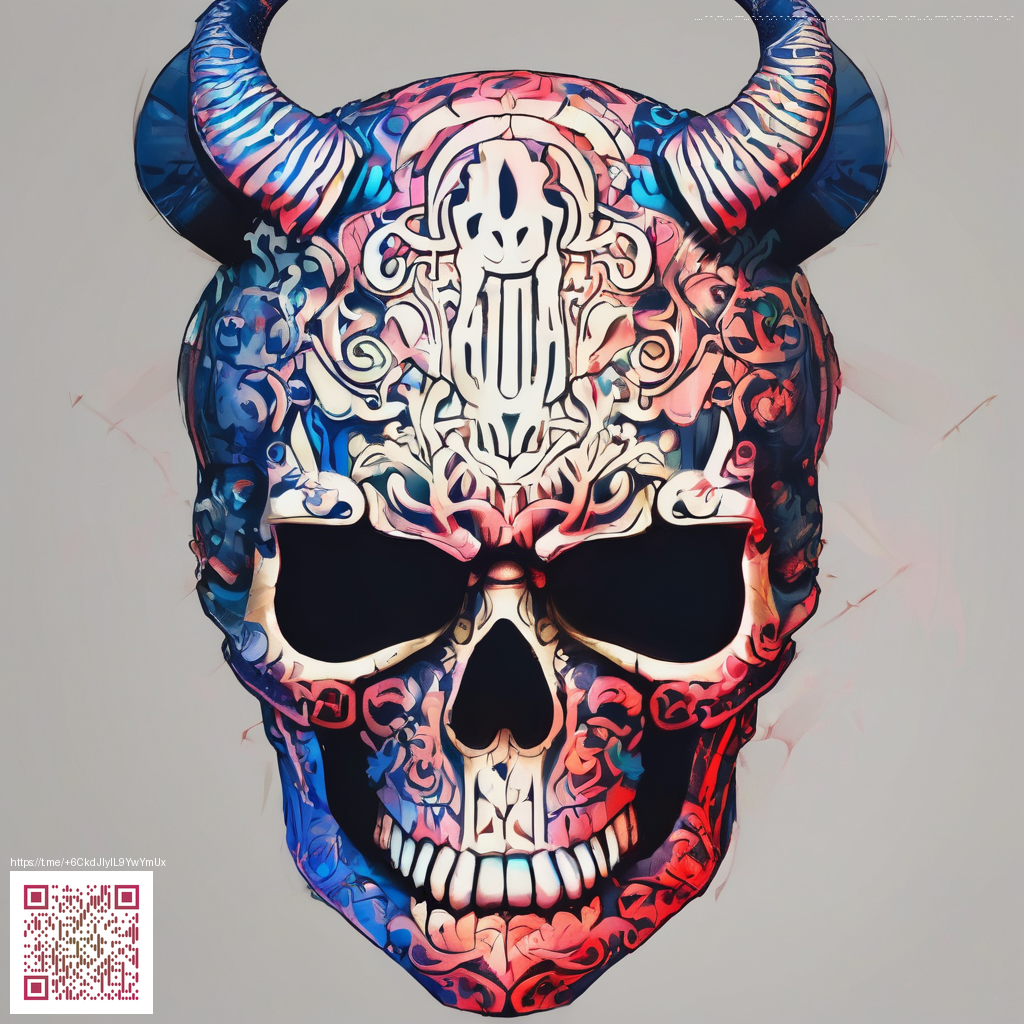
Design Principles for Digital Postcards: Print-Ready and Download-Optimized
In a world where a single image travels from screens to prints, digital postcards must bridge two realms without losing their impact. This guide breaks down practical principles to help you craft postcards that look polished when printed and compelling when downloaded. From resolution choices to the final delivery, thoughtful decisions at each step pay off with crisp visuals and clear communication.
Resolution, DPI, and File Formats
For print, aim for at least 300 DPI to ensure sharp edges and legible type. Start with a high-resolution master and export variants tailored for different channels. A print-ready PDF is typically the safest choice for professional printers, while JPEG or PNG serve well for web downloads. If you’re offering both print and digital versions, keep the color profiles aligned: CMYK for print, sRGB for online viewing. Consistency across formats helps your postcard maintain its intended mood and readability.
Layout, Bleed, and Margins
Postcard layouts benefit from a clear hierarchy and predictable margins. Common sizes include 5x7 inches or 6x4 inches, with a bleed of about 0.125 inches on all sides to accommodate trimming. Design with safe margins so essential text and logos stay visible even after cropping. A balanced grid—one dominant focal element, supported by a concise headline and a short body—keeps the composition legible at a glance.
- Hierarchy: bold headline, legible subhead, concise body copy.
- Imagery: lock in a focal point and use a grid to maintain harmony.
- Color: ensure accessible contrast that remains on-brand across formats.
“Great postcard design blends clarity with personality; it should be legible from a distance and inviting up close.”
Typography and Branding
Choose fonts with licensing that fits both print and download use cases. Limit yourself to two or three typefaces to maintain cohesion; use one dominant weight for emphasis and a secondary style for supporting details. If you work with bold brand colors, calibrate them for CMYK accuracy to avoid color shifts when printed.
Color Management and Proofing
A color-managed workflow helps you anticipate real-world results. Soft-proof your proofs to preview how colors render on print, then adjust accordingly. Converting imagery to CMYK early, checking the black point, and conducting small test prints are smart steps before committing to a full run.
The Download Experience
Deliver a clean, fast-loading download experience with clearly labeled files and intuitive previews. Provide a dedicated landing page where visitors can preview the postcard and choose the appropriate file size or format. A light watermark on preview assets can deter unauthorized distribution while preserving the user’s experience.
As you refine your postcard bundle, you may also consider pairing it with tangible desk accessories to reinforce a cohesive creative workflow. For example, the Custom Desk Mouse Pad 9.3x7.8 in White Cloth Non-Slip product page can inspire ergonomic, on-brand setups that mirror your digital aesthetics and messaging. It’s a small touch that communicates care for the user experience across both digital and physical spaces.
For broader inspiration and actionable guidelines, explore another resource that aligns with this topic: https://aquamarine-images.zero-static.xyz/dae9ead0.html.
Accessibility and Inclusivity
Design with accessibility in mind. Use high-contrast color combinations, scalable typography, and descriptive alternative text for imagery. An inclusive approach expands your audience and ensures your postcard remains legible and meaningful across devices and print formats.
“Postcards that speak to a diverse audience require thoughtful layout, legible typography, and an inviting, unobtrusive color system.”
File Delivery and Rights
Clarify licensing and usage rights with downloadable assets. A well-documented set of guidelines reduces back-and-forth and accelerates projects for clients and collaborators, ensuring your designs are used as intended in both print and digital contexts.
Practical workflow checklist
- Define postcard size and bleed for print.
- Set up color profiles (CMYK for print, RGB for web).
- Choose typography and test readability at small sizes.
- Create print-ready PDFs and web-optimized download versions.
- Proof, test print, and finalize packaging for download.